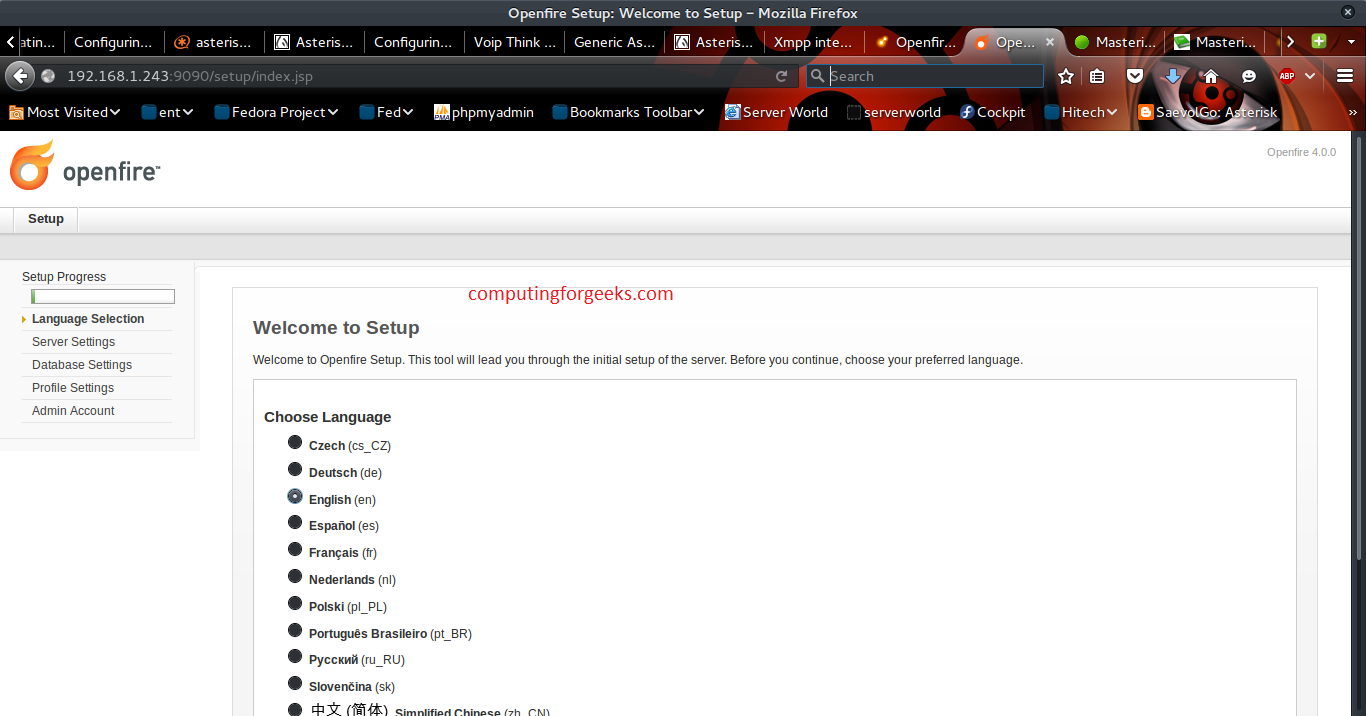

- #Odbc manager locatio how to#
- #Odbc manager locatio drivers#
- #Odbc manager locatio update#
- #Odbc manager locatio driver#
I added method 7 to the class, since I don't find any method in the.
#Odbc manager locatio driver#
But we have to write our own routines to talk to the database using ODBC provided by C++/C# or whatever language we want to use (That supports ODBC Driver API). Now, if we have an Oracle ODBC driver installed in our machine, then we don't need to have the Oracle S/W (Expensive) to talk with that database. For example, let us suppose we have an Oracle database which has some tables in it.
#Odbc manager locatio drivers#
Main use of these drivers is, without having a client program supplied by the vendor of the data base, these drivers allow us to interact with databases. There are drivers available for many databases like Oracle, MS Access, SQL Server, Foxbase etc. About ODBC DriverĪn ODBC driver acts as a “translator” between an application and a database. If we use a user DSN, then we'll have to do some extra work to make sure the DSN gets created when a user new to that machine logs in for the first time. User DSNs are stored in HKEY_CURRENT_USER\Software\ODBC\ODBC.INI.Ĭhoosing which type of DSN to use, depends on how our application works.

ODBC.INI has two other subkeys, ODBC Data Sources that contains a list of all system DSNs, and ODBC FileDSN, which contains the name of the folder where file DSNs are stored ( C:\Program Files\Common Files\ODBC\Data Sources is the default).
#Odbc manager locatio update#
More importantly, using a DSN means we can change the location of our data by updating the DSN, no update to our application is required.
#Odbc manager locatio how to#
It's a simple and standard way to describe how to connect to a data source (database) using an ODBC driver. I have lifted most of the following stuff from the Internet) About DSNĭSN is an acronym for Data Source Name. (Experienced readers can ignore/skim through this section. Also, this class gives the users all system as well as user DSNs. Through this article, I want to present readers with an ODBCManager class that allows a user to have a list of ODBC drivers installed in his/her system.

Programmers who are using ODBC to connect to any database, and wish to program in C#/.NET.


 0 kommentar(er)
0 kommentar(er)
